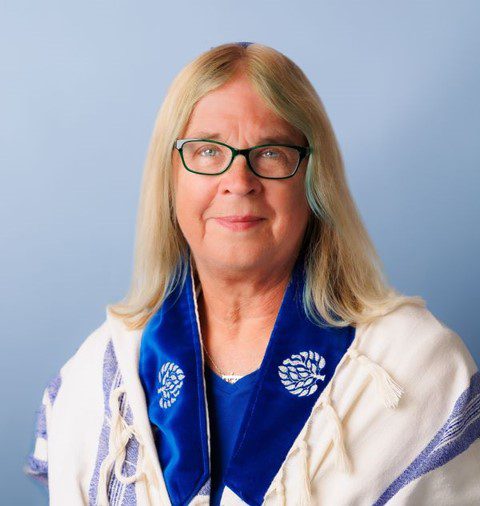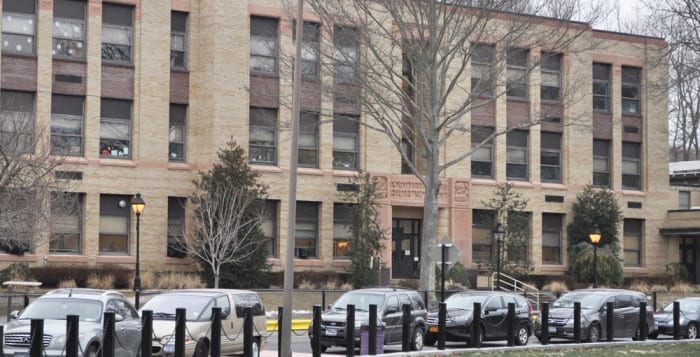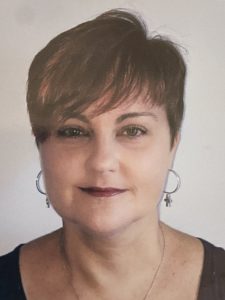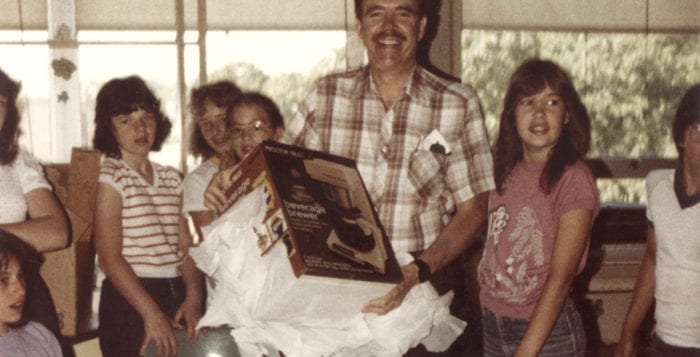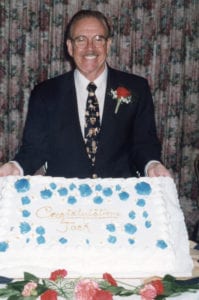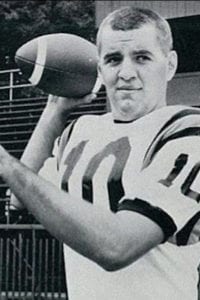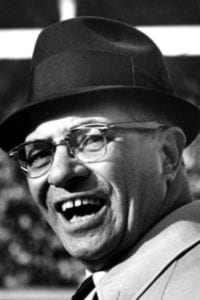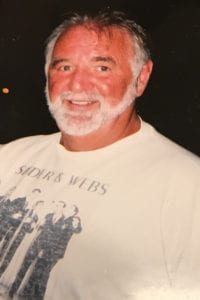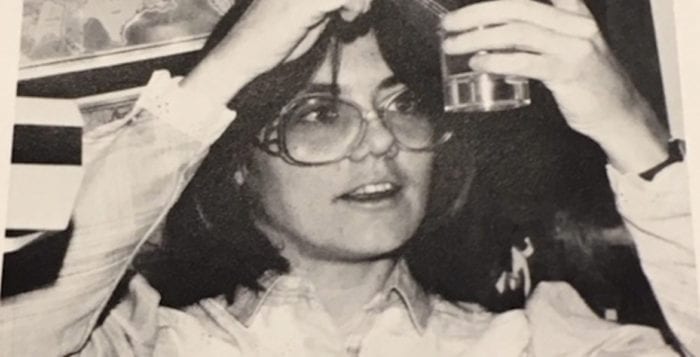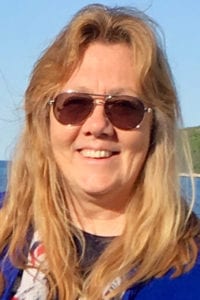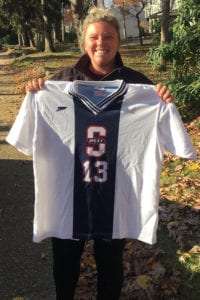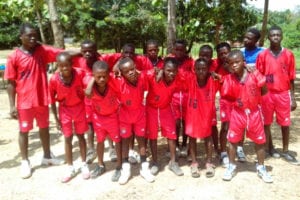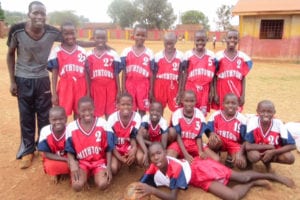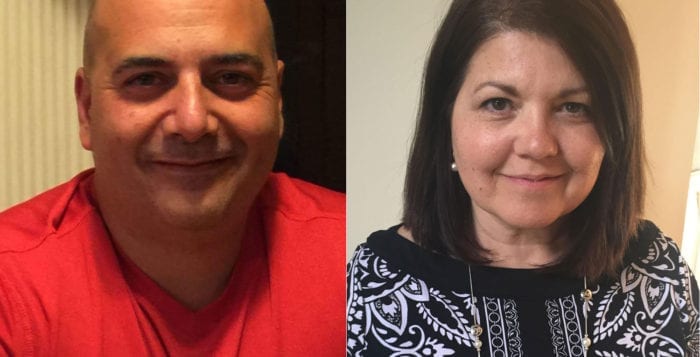By Leah S. Dunaief

Publisher
Tuesday was National Teacher Appreciation Day, which reminded me of Miss Rigney, who changed my life.
Miss Rigney was my sixth grade teacher in the perfectly ordinary elementary school I attended. Housed in a cement building, in the midst of a residential area, it served the neighborhood according to the rules for education in mid-century New York City, with two classrooms and two teachers for each grade. I was assigned to 6A. Next door was 6B.
Soon after entering sixth grade, we became aware of the goal for the coming year. We needed to pass the Hunter Test for the honor of the school and our own benefit.
The Hunter Test, we discovered, was a one day affair that, if successfully navigated, would win us admission to Hunter College High School where classes started with seventh grade and ended with graduation from high school. Open to students from each sixth grade in all five boroughs, a handful of us would be eligible, after scoring well on a standardized test in fifth grade, to travel to the school on the appointed day to take the test.
I liked the sound of that because it was the closest junior high school to where I lived. I sympathized with those students who would have to ride from Brooklyn, Queens and even Staten Island.
There were several special schools throughout the city whose admission was via a challenging test: Stuyvesant, Bronx High School of Science and Brooklyn Tech were three. They were also public schools and were run by the Board of Education with the idea of giving some students a head start.
But Hunter was different. It was initially started in 1869 as a model school in which to train teachers who were matriculating in Hunter College and was administrated by the Board of Higher Education. Its 1200 students in six grades “represent the top one-quarter of one percent of the City” based on the test scores, according to the school. It was composed of all girls for its first 105 years. The student-teacher ratio was 13:1, and its faculty for the most part had advanced degrees.
“Aim of the entire course through which the Normal students pass is not so much to burden the mind with facts as it is to develop intellectual power, cultivate judgment, and enable the graduates to take trained ability into the world with them,” wrote Harper’s Magazine in 1878.
Now we kids didn’t know any of this. I just wanted the shortest commute, and it was impressed on us that Hunter was a good place to be. So we prepared for the test, which was months away, with the coaching of our teachers, four girls from 6B and two from 6A.
Only Miss Rigney, a trim, freckle-faced redhead with a gentle manner, who seemed old to me, but was maybe 28, stayed after school twice a week and drilled Carol and me with a workbook. When we didn’t do the homework she then gave us, both arithmetic and English, she was uncharacteristically stern with us. It was clear that this was a challenge she wanted us to surmount.
On the day the results of the Test were sent to the school, the principal called the six of us down to her office, along with the teachers, and with a great deal of excitement, opened the envelope and read the results out loud. Carol and I had been admitted; no one had from the other class.
There was screaming and moaning. Miss Rigney smiled, quietly congratulated the two of us and returned to her classroom. I was happy because I thought I should be. I knew my parents would be pleased, but I had no understanding of what had just happened.
I had no idea that my life would be unalterably changed — that I would be attending what was thought to be one of the finest high school in the country, ranked number one by The Wall Street Journal, one of only 225 pupils, with some of the most accomplished teachers for whom teaching was an art, that I would mingle with far more sophisticated students, and because of them, freely explore the City.
I had a remarkable high school education. When I landed in college, I was immediately offered second year standing because of my AP classes. Miss Rigney knew.


